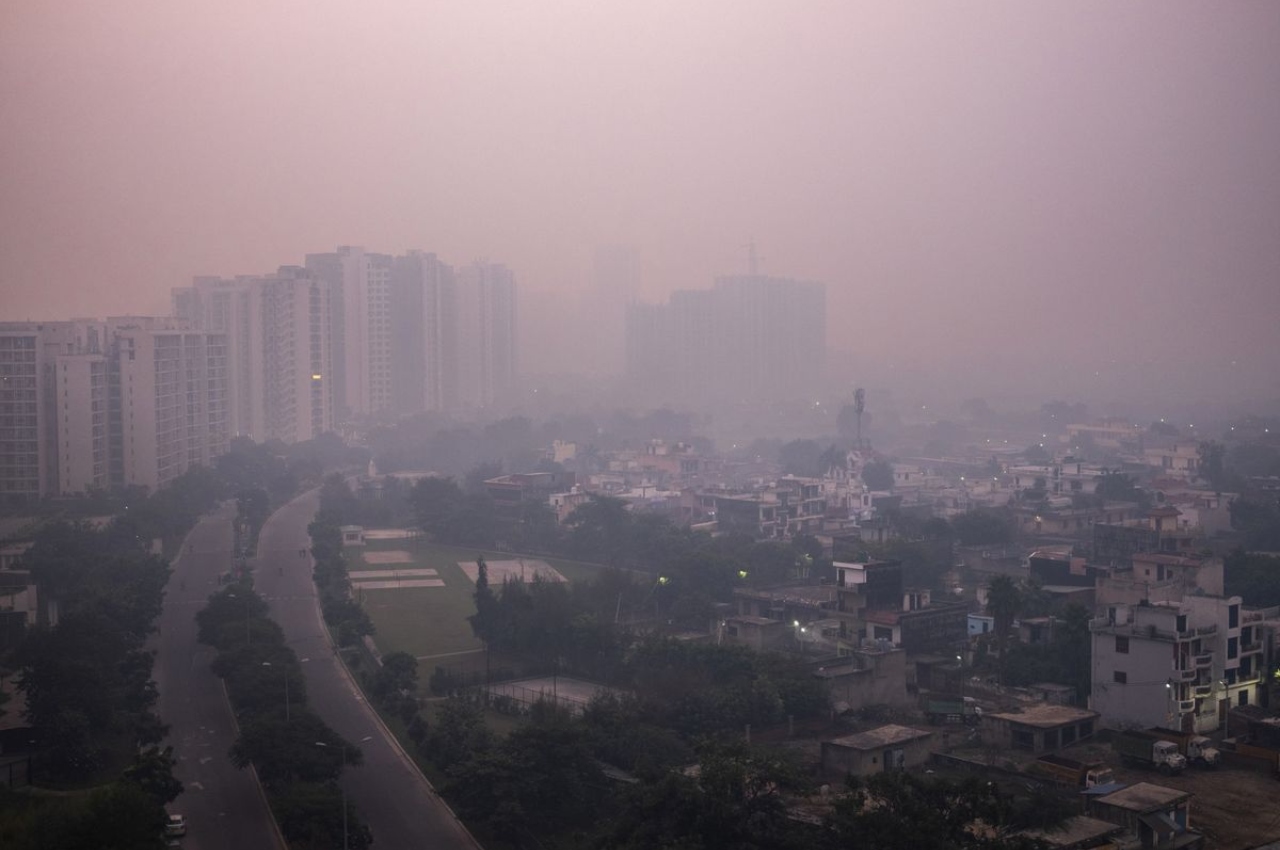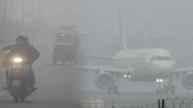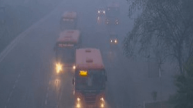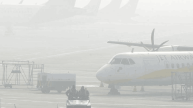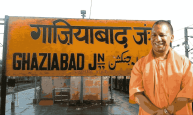New Delhi: Under the National Clean Air Programme 2019 (NCAP), the Ministry of Environment, Forest and Climate Change (MoEFCC) will introduce the “Swachh Vayu Sarvekshan” programme to rate cities based on their efforts to improve air quality.
“Swachh Vayu Sarvekshan will rank 131 cities in the country for implementing City Action Plans prepared as part of NCAP for reducing air pollution up to 40 per cent by 2025-26,” the ministry said during the two-day National Conference of Ministers of Environment, Forest and Climate Change in Gujarat.
Instead of measuring the air quality criteria to rank the cities, the ranking will only be based on the measures that the cities have taken to enhance the air quality in many domains.
Based on population, at least 131 cities are divided into three categories. 47 cities in the first group have more than a million residents, while 44 cities in the second group have a population of between 300,000 and a million. A total of 40 towns with a population under 300,000 make up the third group.
These 131 cities are classified as non-attainment cities by the NCAP because, in accordance with the National Air Quality Monitoring Programme, they did not meet the nation’s ambient air quality standards (NAAQS) for 2011–2015. (NAMP).
Cities must conduct their own assessments in accordance with the guidelines listed on the PRANA online portal. Cities are required to report on the activities and steps they have done to manage solid waste, road dust, construction and demolition debris, and to reduce industrial and vehicular pollution.
In the spirit of competitive federalism, financial prizes will be provided to the top three performing cities in each group based on their own evaluation and an evaluation by a third party.
“This promotes constructive competition in the spirit of competitive federalism to take measures to improve air quality,” the MoEFCC said.
The initiative intends to provide a planning and execution tool to improve air quality as well as an evaluation of the cities’ performance in better coordinating their air quality improvement efforts.
In the list of the 117 most polluted nations, India came in fifth place, according to the World Air Quality Report of 2021. In 2021, the nation’s yearly average PM2.5 concentrations rose to 58.1 g/m3, which was pre-quarantine levels as reported in 2019. The average yearly readings of PM2.5, or microscopic, dangerous airborne particles, should be no higher than five micrograms per cubic metre, according to the World Health Organization (WHO). In 2021, 63 Indian cities were listed among the top 100 most polluted cities in the world by this criteria.
The WHO predicted that in 2019, ambient and home air pollution would be responsible for nearly seven million premature deaths annually. The World Bank estimates that in 2019, air pollution-related death and morbidity cost the global health system $8.1 trillion.
Only the Delhi-National Capital Region (NCR) in India has a specific organisation to address the problem of air pollution. To control the area’s air quality, the Center established the Commission for Air Quality Management (CAQM) as a governmental authority in 2021.
